|
This might not come as a surprise to you: I love books on embroidery! Not only the so-called project books or books on a particular technique, but also museum catalogues and research papers. Whilst the first are usually promoted by and within the embroidery community, the later are a little harder to find. Second-hand bookshops are a good place to look for them. Since the topic is such a specific one, the people in the bookshop can often tell you in an instant if they carry some. Recently I rediscovered one such book in my extensive library. It is a Dutch doctoral thesis from 1948 written by Dr. Beatrice Jansen (1914-2008). The title of the thesis defended at the University of Utrecht is: Laat gotisch borduurwerk in Nederland (Late Gothic embroideries from the Netherlands). I bought the book years ago as I liked the technical and design drawings, but I had never actually read it ... Until now. And it actually is a gem! Let's explore together ... The first chapter concerns itself with the embroidery techniques used. Dr. Jansen was probably not an embroiderer, but certainly a true art-historian. Back in the late 1940s, art-historians used French and German sources for their research. Dr. Jansen copied the French names of embroidery techniques from 'La broderie du XIe siecle jusqu' a nos jours' from L. de Farcy printed in Paris, 1892. You can find an online digitised copy of the catalogue and all the black-and-white photographs here. Although these are truly lovely, I would rather have had a digital copy of the chapter with the embroidery techniques explained. It is quite difficult to understand what Dr. Jansen is talking about. The other source used is a German one: 'Künstlerische Entwicklung der Weberei und Stickerei' by M. Dreger written in 1904. This book can also be viewed online. However, this is only the text. They didn't digitize the plates ... Both books are still around and can be purchased from book dealers. However, they sell for hundreds (till thousands!) of euros. So I probably go to the library in Munich :). That said; when Dr. Jansen really dives into the embroidery seen on the Dutch liturgical vestments, she does present a lot of rather lovely technical drawings. And that's the true merit of this book. The next chapter is a lovely one too! Dr. Jansen presents all the historical sources concerning medieval embroiderers or acupictores as they were called. The female form, acupictrix was rare and only used as 'wife-of'. Indeed, professional embroidery was a male occupation and females only seemed to have contributed in the ateliers of their husbands (and maybe fathers). What is also interesting, the embroiderers did not have a guild of their own. They were usually part of the guild of the painters as they were seen as 'painters with thread'. The embroiderers did not only stitch new vestments; they are explicitly required to mend existing ones as well. And, this doesn't really come as a surprise: the job wasn't well paid and did not have the same standing as that of artisans working in the 'high arts' like painters and sculptures. Discrimination against textile art certainly has deep roots! The next two chapters try to divide the gothic vestments into a group made in the Northern Netherlands (roughly present-day Netherlands) and a Southern group (roughly present-day Belgium). These chapters are pure art-historian. Due to the fact that this book is so old, not all pieces talked about are represented by a black-and-white photograph in the catalogue. But lo-and-behold, I own a modern catalogue from the exhibition in the Catharijne Convent in 2015! So I wrote the modern catalogue number and, if applicable, the inventory number into the margins for quicker reference. Even before the publication of Dr. Jansen, art-historians have tried to name the artists who made the design for these vestments. Successful matches could be made with paintings, woodcuts and sculptures of which the names of the artists have survived. It becomes evident that prints circulated in the embroidery ateliers after which the embroidery was executed. Clients would have had very specific ideas about what they wanted on their vestments and in which style. Chapter V tries to further categorize the vestments by looking at the embroidered architecture. When you start looking at these vestments, you soon realize that certain elements of the architecture are very similar between different pieces. This chapter is richly illustrated with line drawings of all the different architectural styles found on the orphreys of the vestments. Chapter VI high-lights that these kind of embroideries were made at least a century earlier than the pieces that have survived in modern-day museum collections. The oldest painting depicting this type of embroidery is the Ghent Altarpiece made by Hubert and Jan van Eyck between 1427 and 1432. This chapter lists nearly 60 other paintings depicting this type of embroidery. The thesis concludes with a sammery in Dutch and English. I also found a rather embarrassing remark in the margin made by a previous owner. It reads 'Hier had ik nu eens graag gehoord, welke mof dit woord invoerde en welke hollander dit germanisme' (I would have loved to hear which mof (= Nazi) introduced this word and which Dutchman came up with this germanism). Remember, this book was published only three years after the end of the Second World War ...
Since this book was published so long ago, you can only find it in libraries (all over the world as it is a doctoral thesis!) or second-hand. Unfortunately, only more modern theses are available online from the University of Utrecht. And since the author died only 11 years ago, it will take another 59 years before the book can be digitised by me and put into the public domain :). I can probably just manage that before turning 100!
7 Comments
Nancy Anne White
30/6/2019 20:34:59
What a treasure of a doctoral thesis. I can see there is historical precedence for recognizing needle artists as true artists and not just craftsmen.
Reply
1/7/2019 11:15:32
Thank you Nancy Anne! I am planning on doing at least one blog post on the whole experience and several videos and posts on Instagram too.
Reply
Delphine
22/7/2019 12:33:23
Hello,
Reply
22/7/2019 16:14:46
Thank you very much for the link Delphine! The French is much too complicated for my school-French, but with the help of Google translate, I am sure I am going to understand the gist of it.
Reply
Your comment will be posted after it is approved.
Leave a Reply. |
Want to keep up with my embroidery adventures? Sign up for my weekly Newsletter to get notified of new blogs, courses and workshops!
Liked my blog? Please consider making a donation or becoming a Patron so that I can keep up the good work and my blog ad-free!
Categories
All
Archives
July 2024
|
Contact: info(at)jessicagrimm.com
Copyright Dr Jessica M. Grimm - Mandlweg 3, 82488 Ettal, Deutschland - +49(0)8822 2782219 (Monday, Tuesday, Friday & Saturday 9.00-17.00 CET)
Impressum - Legal Notice - Datenschutzerklärung - Privacy Policy - Webshop ABG - Widerrufsrecht - Disclaimer
Copyright Dr Jessica M. Grimm - Mandlweg 3, 82488 Ettal, Deutschland - +49(0)8822 2782219 (Monday, Tuesday, Friday & Saturday 9.00-17.00 CET)
Impressum - Legal Notice - Datenschutzerklärung - Privacy Policy - Webshop ABG - Widerrufsrecht - Disclaimer
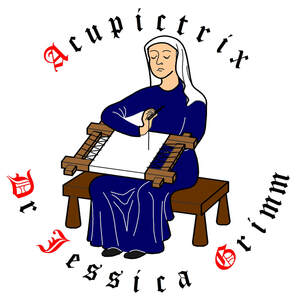
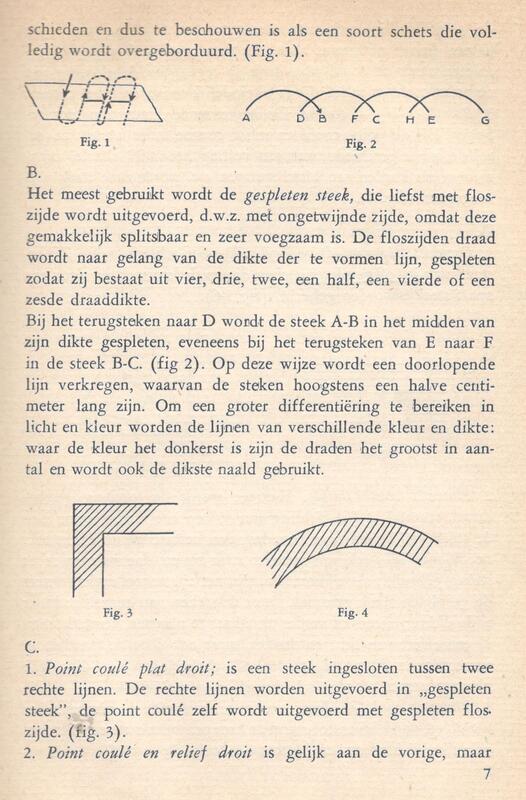
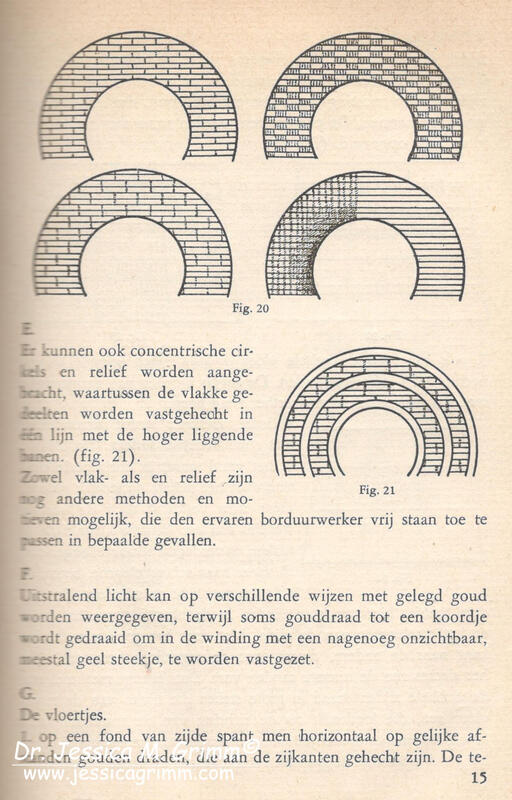
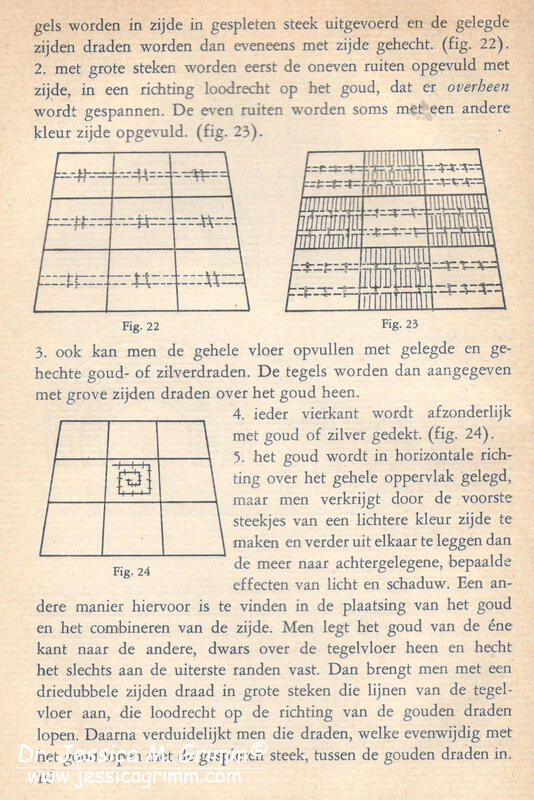
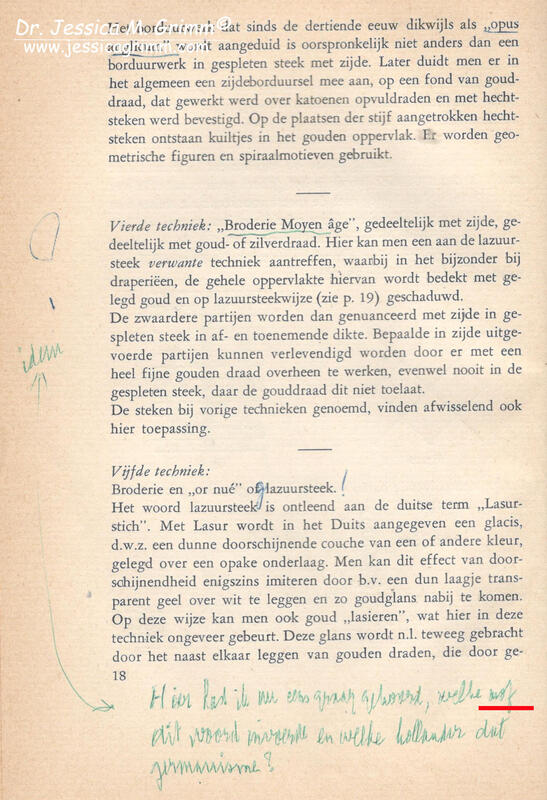
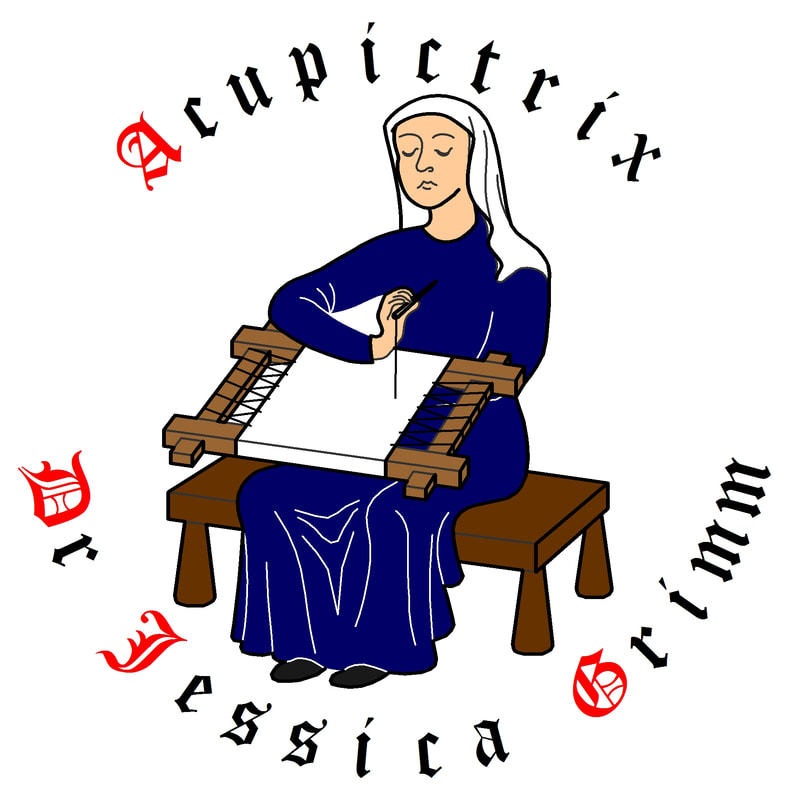


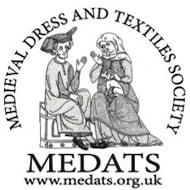
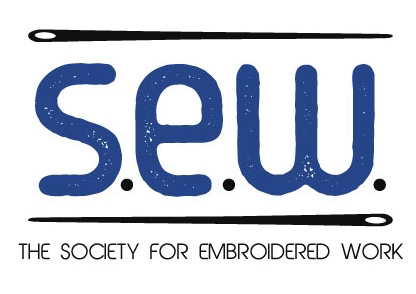
 RSS Feed
RSS Feed